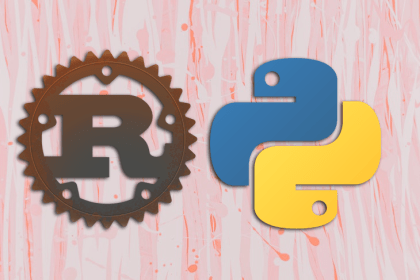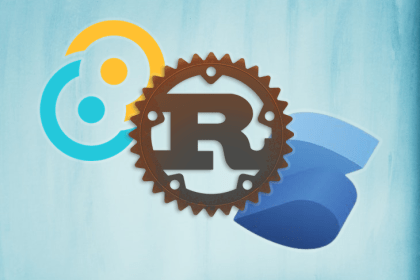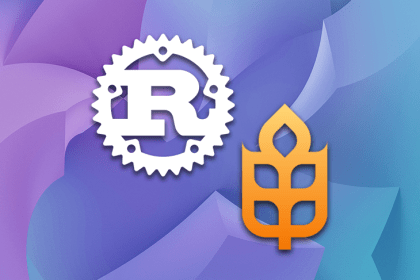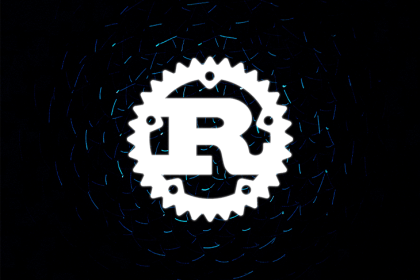
Although Python holds a firm place in the machine learning and data science community, Rust is likely to be used in the future as a more efficient backend for Python libraries.

Explore Tauri, a new framework that offers what people liked most about Electron but fixes many of the security and performance concerns.

If you want one of your Rust project’s selling points to be that users can control their own data, you can’t use a completely browser-based service.

Let’s take a look at some options for pathfinding in Rust using breadth-first search, Dijkstra’s algorithm, and the A* search algorithm.

Learn how to build Rust REST APIs with Rhai — a high-level scripting language similar to JavaScript — and the Actix Web framework.

Let’s learn how to connect a Svelte app with Rust code through WebAssembly and how to pass information between JavaScript and Rust.

Logging and tracing have similar use cases and a common purpose — to help you find the root causes of problems in your application.

Learn the basics of how to configure Vim for Rust development, plus get an in-depth look at using rust-analyzer.

image crateOperating on images using Rust’s inbuilt functionality is a headache, but the image crate comes to our rescue and gives us a clean API to work with.

Rust has been something of a rockstar language in recent times as it continues to grow in popularity — learn the differences between eight Rust scripting languages.

Rust collections enable us to store and retrieve data efficiently. This overview includes use cases for specific collections.

Learn how to use arenas in Rust to improve the performance of memory allocation and deallocation to run your code faster.